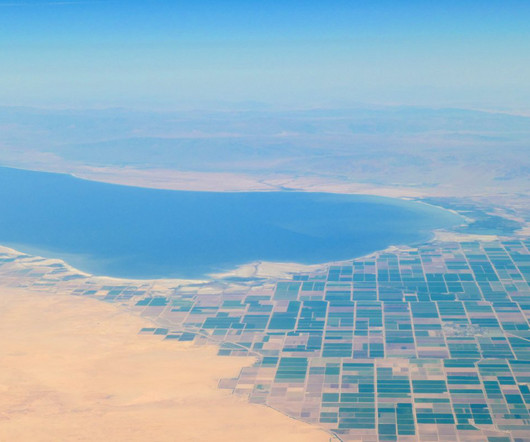As the Salton Sea Shrinks, Agriculture’s Legacy Turns to Dust
Civil Eats
JULY 17, 2023
López’s family moved to Salton City from Arizona in 2018 when her then-husband got a job working in greenhouses in the Imperial Valley, south of the sea. Agricultural runoff from both valleys is the primary input into the Salton Sea, and with that runoff comes pesticides and nutrients such as phosphorous and nitrogen. In 2002, U.S.










Let's personalize your content